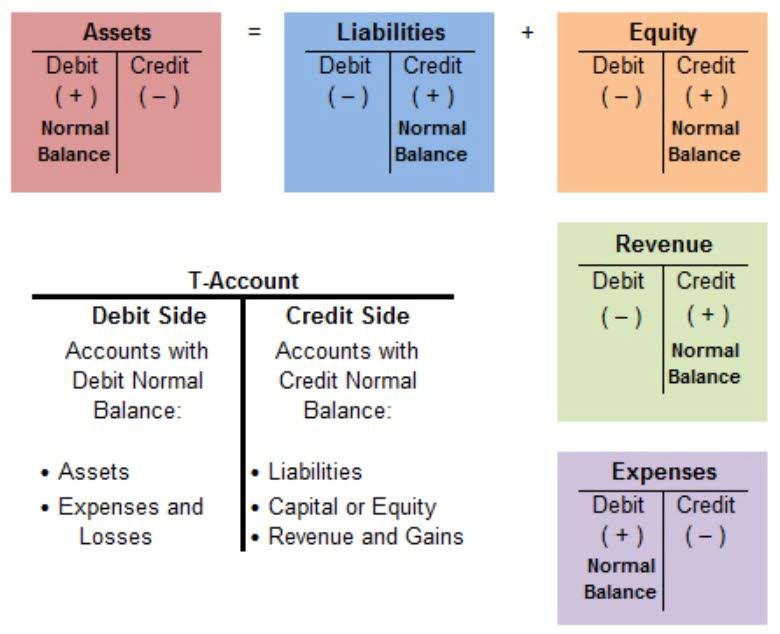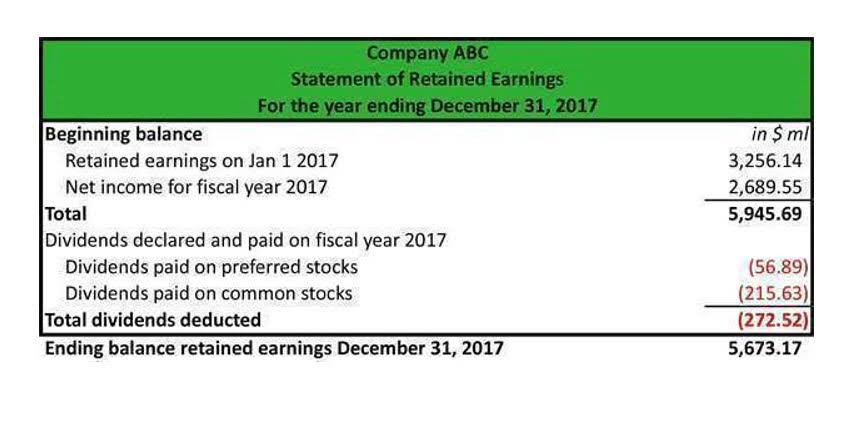Bills vs Invoices: Their Meaning And Key Differences

A receipt serves as a record of a completed sale, which goes into the books as income. One of the main differences between the two is that a bill requires an immediate payment and is produced as soon as the client purchases the product. You issue an invoice when you want to get paid and https://www.bookstime.com/ you receive one when you have to pay for a good or service bought on credit.
Type of transaction
Businesses can issue a bill on paper as a physical copy or as a digital bill. With modern technologies, electronic billing is a more convenient and eco-conscious choice. Digital billing software is also an efficient alternative that can help streamline your billing system. You can see that the details in the document are simple and straight to the point, with the amount due provided and the next bill date.
The importance of tracking invoices for a business
Your invoice tracking strategy can also help you optimize your company’s cash flow. As invoice due dates allow, try to stagger your vendor payments to avoid paying all your bills at the end of the month. This way, you’ll maintain a steady supply of cash that you can use for your daily operations or take advantage of new opportunities.
- However, the invoice receiver, or the business that receives the invoice, refers to the invoice as a bill and can issue a separate bill showing the transactions and recording them in its books.
- All of the best billing software let you accept payments online, whether through a proprietary payment processor or through a third-party company.
- Although these terms are often used interchangeably, barring some similarities, they are fundamentally different from each other.
- Whatever system a business uses to track invoices properly, the most important thing is to follow that system.
- To summarize, if you are a vendor, once the items are delivered to your customer, you would raise an invoice to collect the amount owed.
- Details are kept concise, focusing on the total amount the customer owes, and there’s sometimes a lovely “thank you” note at the end.
- For example, your accounts payable policy might allow for a ±5% tolerance, meaning the invoiced amount can be as much as 5% higher or lower than the PO and can still be approved for payment.
Bill vs Invoice: Key Takeaways
You can export and import your client’s invoice transaction using the CSV format, IIF, and Excel files. Debt to Asset Ratio Not every tip will work effectively for every client, so try different tactics to see which ones produce the best results. And remember, the best way to get paid is to protect your business by signing a contract and creating a professional invoice that outlines all terms of the job. Like the penalty tip, negative reinforcement has to be deployed in certain situations.

Automated billing, invoicing and other processes also help improve project and client management. Your billing and invoicing processes are also more streamlined and bills are processed and sent out in a timely manner. It doesn’t matter whether you run an online service-based business or you sell physical products. Xero is first and foremost an accounting software, but its lower-priced plans give you enough of what a smaller business would need for an invoicing solution. The $25-per-month plan limits you to 20 invoices per month, but there’s no limit to the number of clients you have.
Bill Definition: Understanding the Basics and Importance in Business

That may not sound like much, but excess business expenses can quickly cut into your profit margin. The right AP software can track the dates of your vendor invoices, which means you pay your bills on time every time. For individuals renting residential properties or businesses leasing commercial spaces, rent payments are a regular expense. Landlords or property managers issue bills outlining the amount due, due date, and any late fees or penalties for overdue payments. Rent bills are essential for tenants to ensure timely payments and maintain a good relationship with their landlords. The importance of a receipt is that it serves as documentation that the products and/or services has been paid for and the business transaction is complete.
Import your invoices and bills to QuickBooks
Cloud-based solutions like QuickBooks Payments allow you to create, edit, and send invoices from anywhere. This is ideal for those times where a client may need you to revise an invoice or send them another copy of it to get paid. Even if you are away from work and get this kind of request, the cloud-based solution provides a way to respond so there is no delay in payment. QuickBooks Money makes it easy to create, customize, and send instantly payable invoices — all without a QuickBooks Online subscription. With a QuickBooks Online subscription, you can manage payments and accounting in one place. But past due or stale invoices can cause your cash flow to slow to a trickle.

Bill vs. Invoice: What are the key differences between the two?

Landlords can use a free rent receipt template to confirm tenant’s payments. The smooth running of businesses requires a systematic tracking of orders and bills vs invoices payments. Today, many businesses accept credit purchases, which makes documenting transactions even more critical. Even though people often use these terms interchangeably, it’s important to get them right. An invoice is for pending payments, while a bill is for immediate sales. These distinctions are key for following rules and making financial reports clear.
- For example, you cannot export certain products if you don’t have a commercial invoice with a DCS statement.
- Invoice matching is an accounts payable process that seeks to match an invoice received from a vendor against one or more internal business documents, most commonly a purchase order.
- This way, you’ll maintain a steady supply of cash that you can use for your daily operations or take advantage of new opportunities.
- You can also add a new customer if they are not in your list of existing customers.
- However, the amount charged might not be consistent, depending on the agreement between the seller and the customer.
The main difference between a bill and an invoice is the use context. While a bill is typically used in business-to-consumer (B2C) transactions, an invoice is more common in business-to-business or B2B payments. At a glance, a bill and an invoice may look too similar to distinguish. Even though they share some similarities, there are slight differences in their usage.
